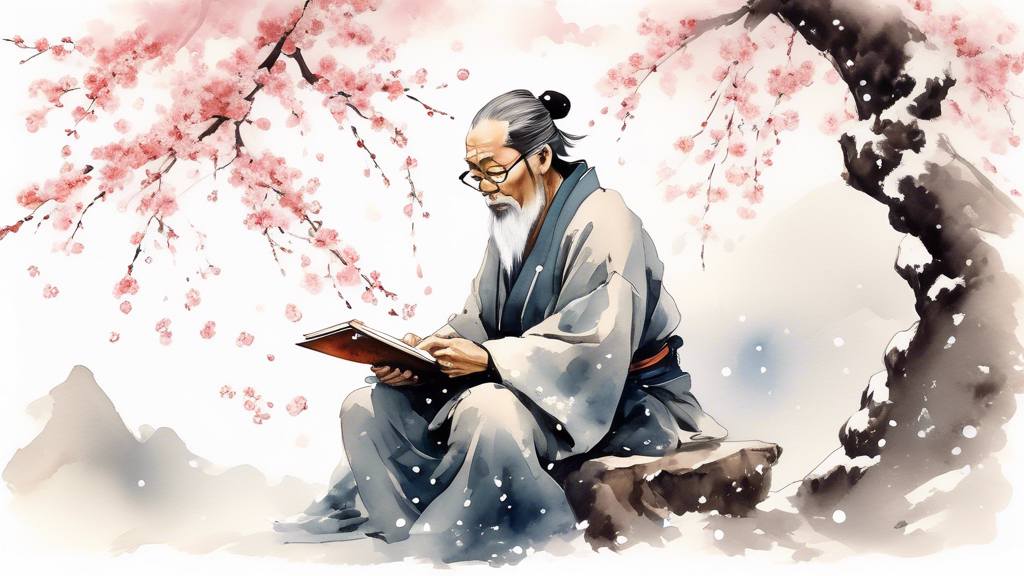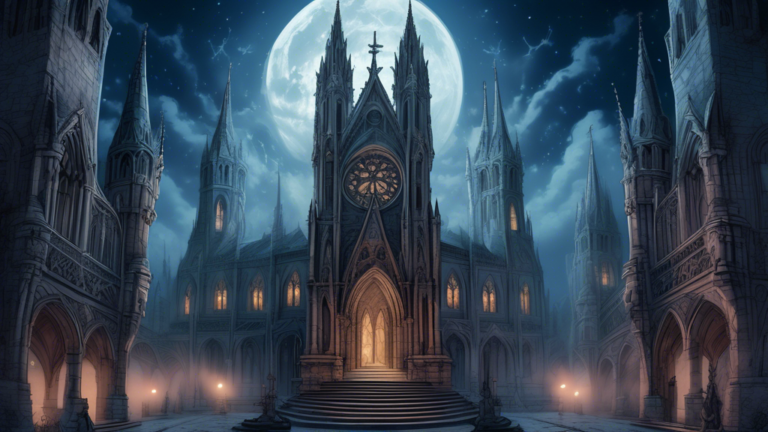Exploring the Symbolism of Snow in Literature and Culture
Introduction to the Symbolism of Snow in Literature and Culture
Snow has held a significant place in various cultures and literature throughout history, often imbued with deep symbolic meanings. With its pure, white expanse, snow frequently represents coldness, isolation, or purity. These interpretations, however, can vary dramatically depending on the cultural context and the specific narrative in which snow appears.
This exploration delves into how different societies and literary works interpret snow’s symbolism, offering a reflection of larger cultural values and human emotions.
The Multifaceted Symbolism of Snow in Literature
Snow as a Symbol of Purity and Innocence
In literature, snow’s white, pristine quality often lends it to symbolize purity and innocence. This can be seen in classics like Lewis Carroll’s Alice’s Adventures in Wonderland, where a snowy scene creates a magical, untouched world that mirrors Alice’s childlike wonder and naiveté.
Likewise, the snow-covered expanses in James Joyce’s The Dead evoke a quiet, introspective purity as the protagonist, Gabriel, reflects on the essence of life and human connections.
Snow as a Reflective of Isolation and Desolation
On the flip side, snow’s ability to isolate characters physically and emotionally is a powerful tool in literature. In Jack London’s To Build a Fire, the relentless Alaskan snowscape becomes a brutal force, challenging the protagonist’s survival and emphasizing themes of human vulnerability and existential challenge. Similarly, the snow in Franz Kafka’s The Castle isolates the protagonist from the titular castle and its society, reflecting his alienation and frustration.
Snow as a Symbol of Transformation and Change
In narratives where characters undergo significant change or growth, snow often symbolizes transformation. The snow-covered landscapes in Edith Wharton’s Ethan Frome, for example, dramatically reflect the internal transformations of the characters, signaling shifts in their lives and relationships. Snow here is both a literal and figurative blanket that covers old identities and allows for the possibility of new beginnings.
Snow in Cultural Representations
The Role of Snow in Japanese Culture
In Japanese culture, snow, or ‘yuki,’ carries varied symbolic meanings, manifesting prominently in traditional art and poetry, such as haiku. It symbolizes not just the seasonal change into winter but often evokes impermanence, a core concept in Buddhist philosophy. The fleeting beauty of snow resonates with the aesthetic of mono no aware, which appreciates the pathos of things.
Snow in Nordic and Arctic Cultures
For Nordic and Arctic peoples, snow is part of everyday life and therefore occupies a central role in cultural narratives and practices. In Sami culture, the multiplicity of words used to describe snow in its different forms and stages reflects the intricate relationship between the people and their environment, highlighting the critical importance of snow to their traditional herding practices and survival strategies.</.fieldset>
Christmas and Snow
In many Western cultures, snow is synonymous with Christmas and the festive season, a symbol of joy, celebration, and magical tranquility. The imagery of a white Christmas evokes a sense of nostalgia and the ideal of peaceful calm, enriching holiday traditions, stories, and songs.
Conclusion
The symbolism of snow in literature and culture stretches far beyond its cold, soft exterior to touch upon themes from purity and isolation to change and impermanence. As both a harsh environmental reality and a mystical, pristine blanket that transforms landscapes, snow continues to inspire and challenge writers and cultures around the world.
Whether as a backdrop of serene beauty or a formidable force of nature, snow’s place in cultural and literary contexts reveals deeper insights into the human experience, shaped by both the environment and the cultural values of each era.
The Symbolic Meaning of Rhinos: Ancient Representations and Modern Associations
Exploring the Symbolism of the Black Wolf
Understanding Porcupine Symbolism: Meanings and Cultural Significance







